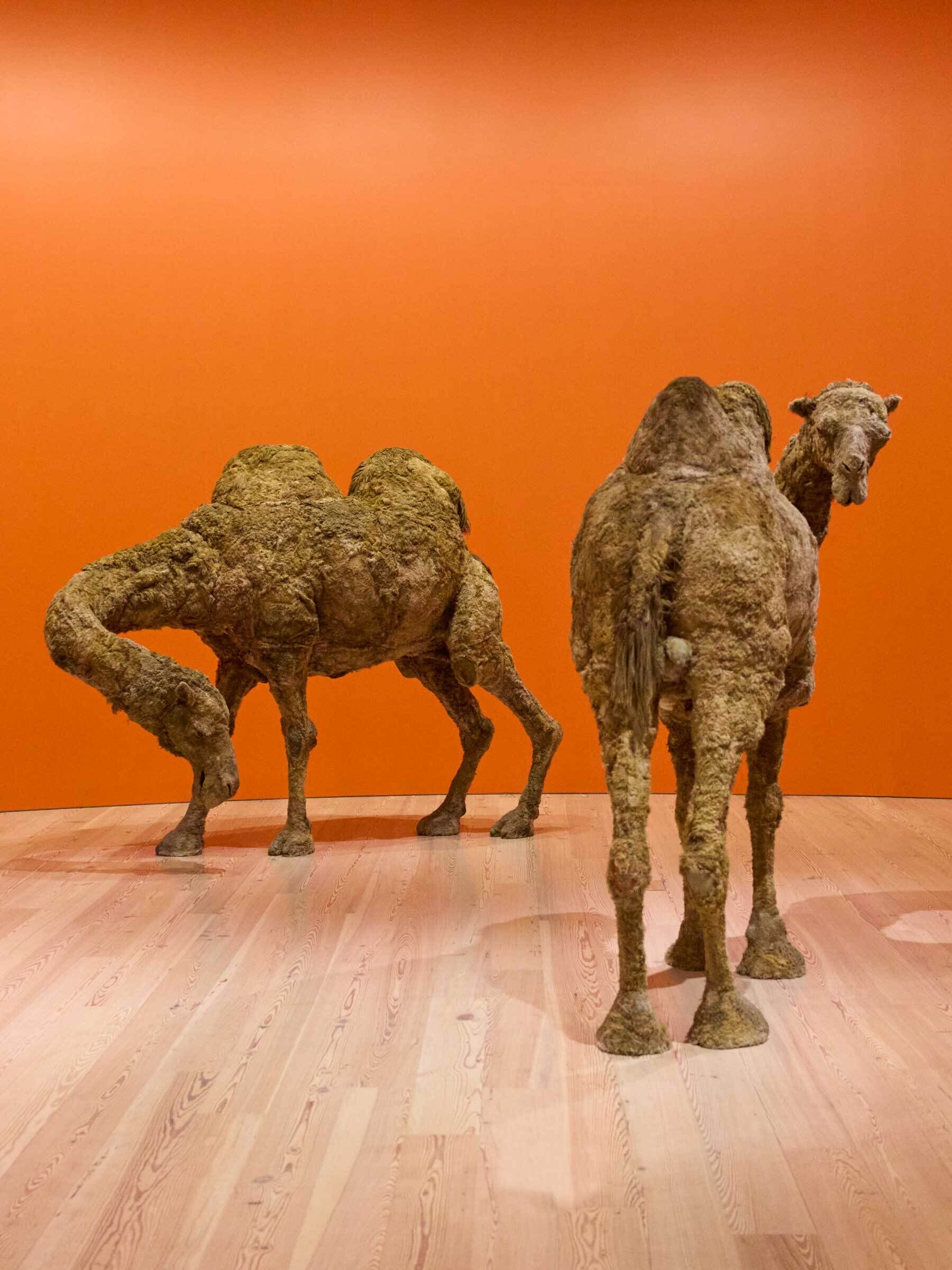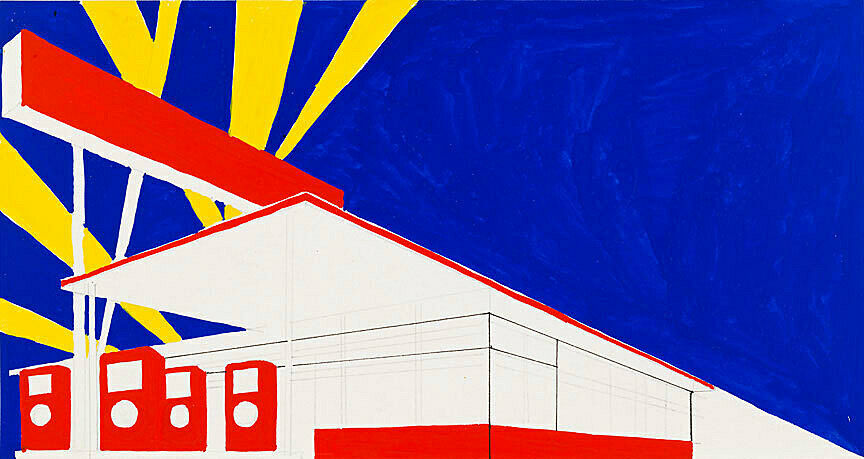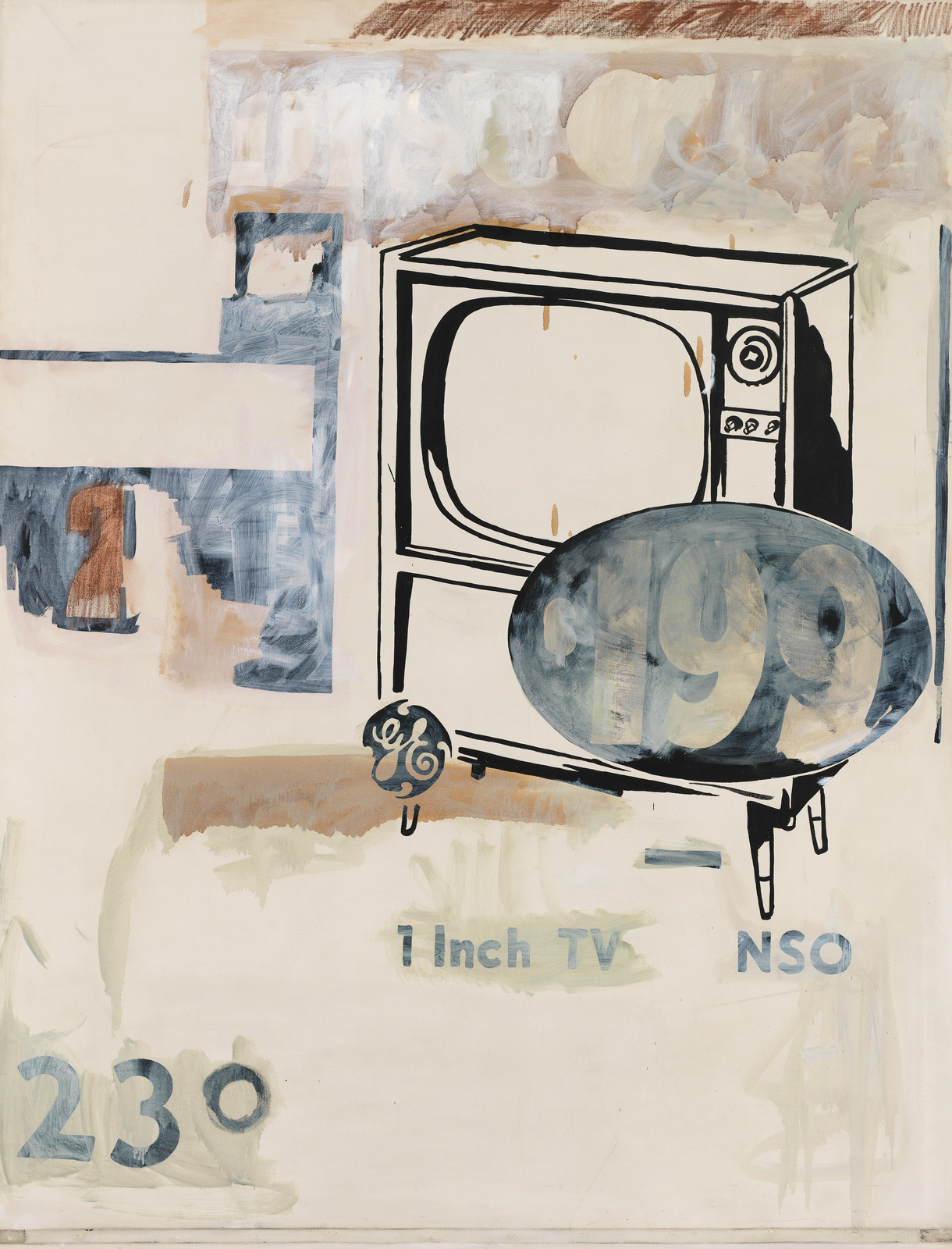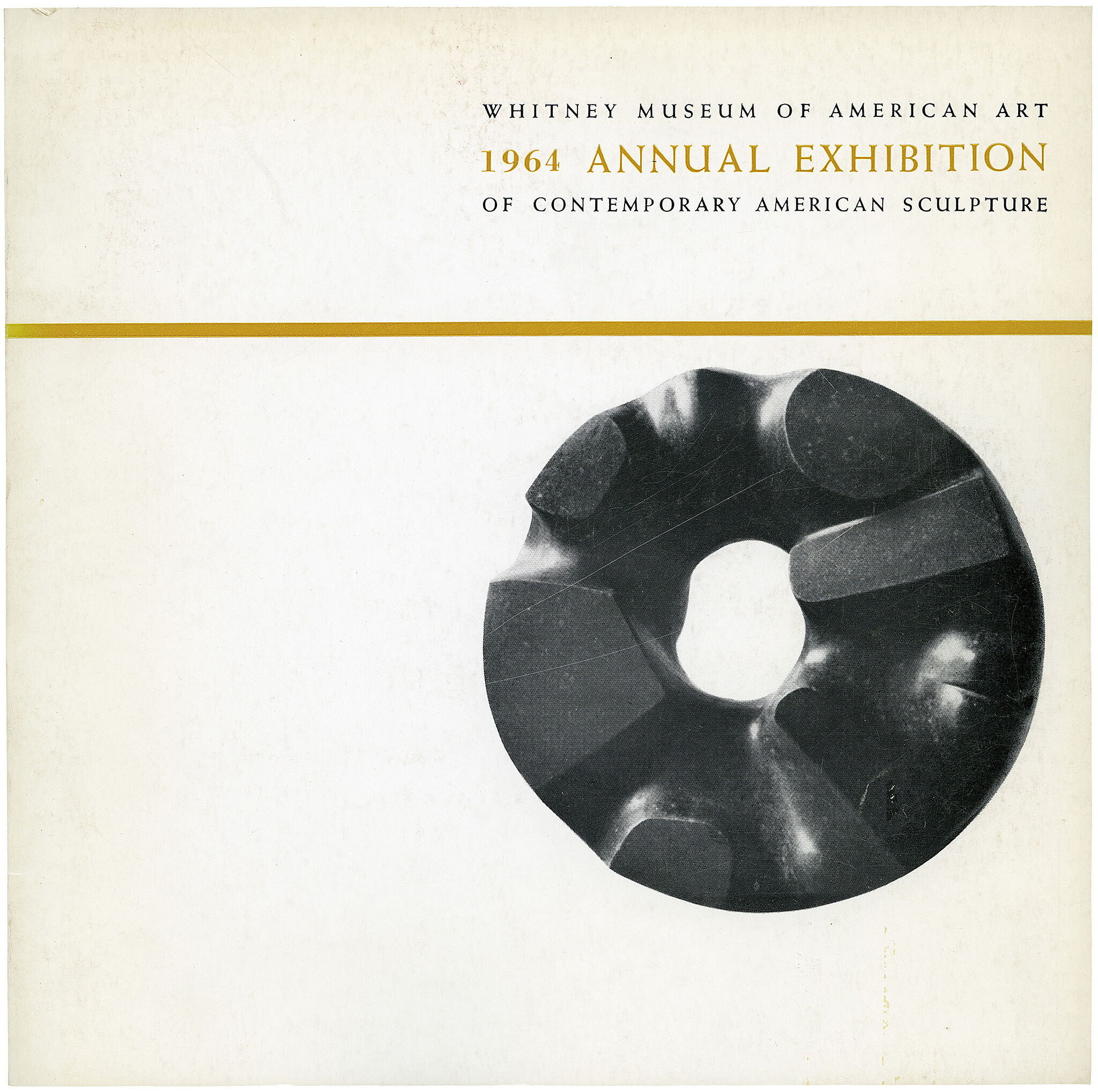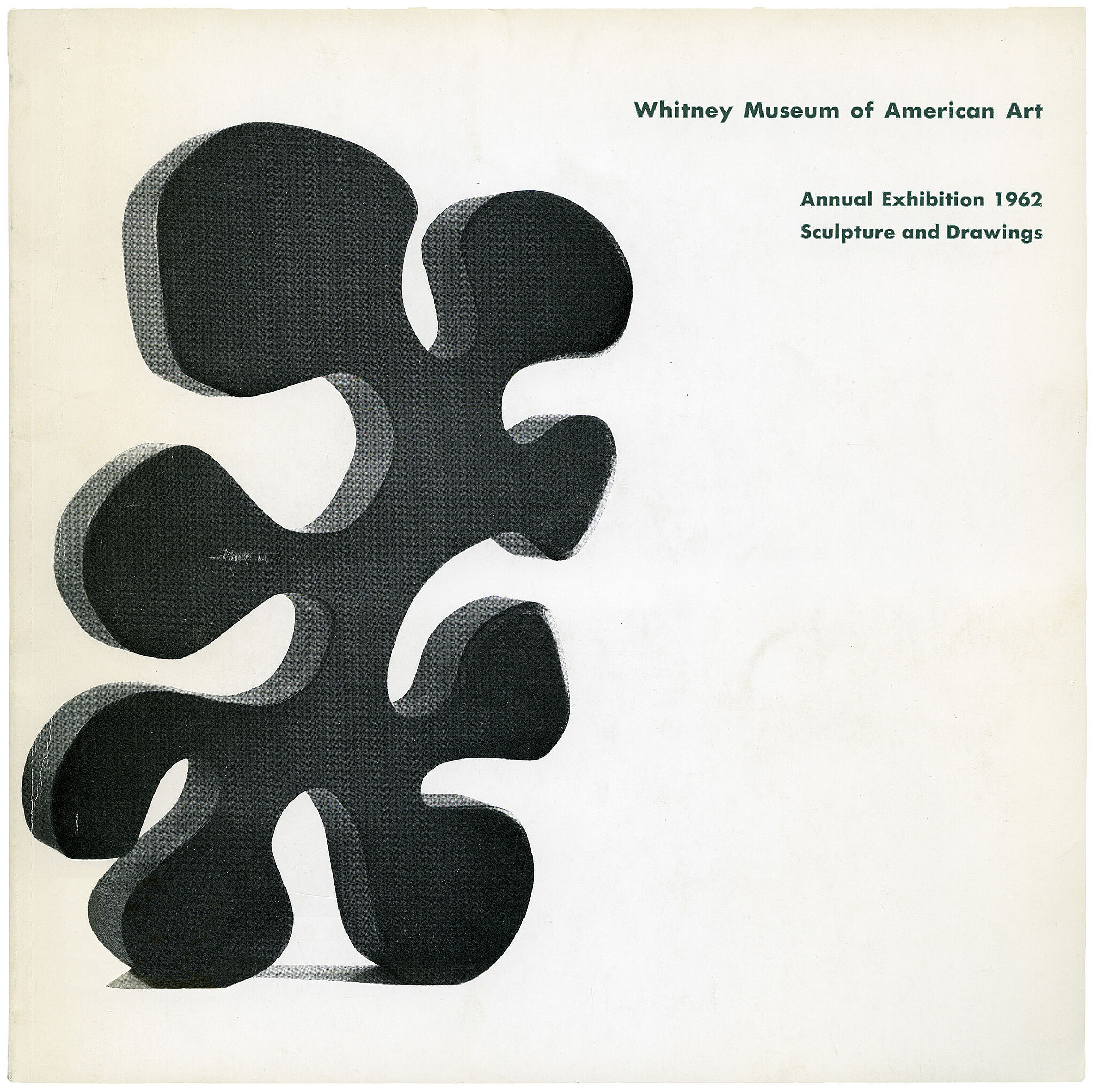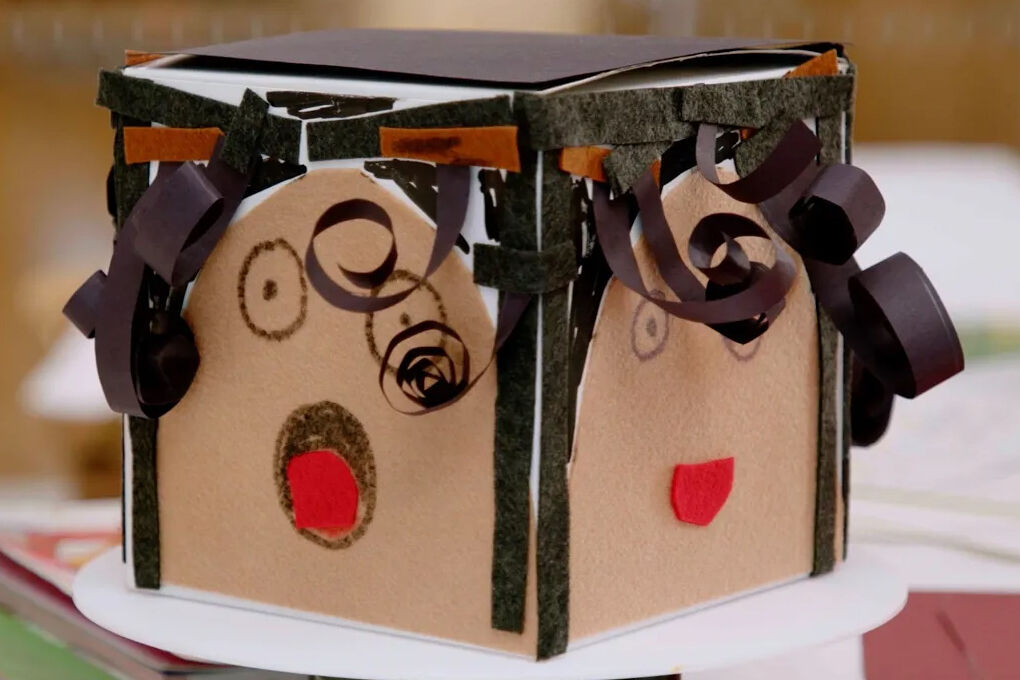Marisol
1930–2016
Born Maria Sol Escobar in Paris to Venezuelan parents, the artist Marisol moved to Los Angeles at age fifteen and studied for a time with the painter Hans Hofmann in New York. Rebelling against the dominance of Abstract Expressionist painting in the mid-1950s, she turned to sculpture, forging a distinctive approach that combined elements of Surrealism, Pop art, assemblage, and even folk art in her arrangements of large- scale figures. Marisol frequently used her own image—drawn, painted, sculpted, photographed, and carved—for both the male and female figures of her tableaux, which have depicted everything from monstrous, oversized children to John Wayne on horseback, a dinner date, women at a cocktail party, a wedding, and The Last Supper.
Each of the four life-sized blocky female figures in the sculptural assemblage Women and Dog is a self-portrait of the artist, carved from wood and painted. One of the figures incorporates a black- and-white photograph of Marisol; the multiple faces on two of the others were cast in plaster directly from the artist herself; while the small figure is a representation of Marisol as a child. Each sports a fashionable outfit of the period, accessorized with found objects that include a real purse and hair bow. Although the work explores variations on the generic midcentury American woman, Marisol, commenting on the piece in 1964, claimed to have been “inspired by the dog.” Indeed, the stuffed dog head—which the artist purchased from a taxidermist—is a central element of the piece; the animal, tethered by a leash, becomes another kind of accessory to these well-heeled ladies.
Introduction
Marisol Escobar (May 22, 1930 – April 30, 2016), otherwise known simply as Marisol, was a Venezuelan-American sculptor born in Paris, who lived and worked in New York City. She became world-famous in the mid-1960s, but lapsed into relative obscurity within a decade. She continued to create her artworks and returned to the limelight in the early 21st century, capped by a 2014 major retrospective show organized by the Memphis Brooks Museum of Art. The largest retrospective of Marisol's artwork, Marisol: A Retrospective has been organized by the Buffalo AKG Art Museum and curated by Cathleen Chaffee for these museums: the Montreal Museum of Fine Arts (October 7, 2023 – January 21, 2024), the Toledo Museum of Art (March–June 2024), the Buffalo AKG Art Museum (July 12, 2024 - January 6, 2025), and the Dallas Museum of Art (February 23–July 6, 2025). Although it was supplemented by loans from international museums and private collections, the exhibition drew largely on artwork and archival material Marisol left to the Buffalo AKG Art Museum as a bequest upon her death.
Wikidata identifier
Q438248
Information from Wikipedia, made available under the Creative Commons Attribution-ShareAlike License . Accessed November 23, 2025.
Introduction
An artist known primarily for her figurative assemblage works of the 1960s that drew on both folk art and Pop. She was born in Paris to Venezuelan parents and grew up in Paris and Caracas, settling in Los Angeles in 1946. She went on to study at the École des Beaux-Arts, and the Académie Julian. She returned to the US to live in New York City, where in the early 1950s she developed her signature sculptural works.
Country of birth
France
Roles
Artist, painter, sculptor
ULAN identifier
500027334
Names
Marisol, Maria Sol Escobar, Marisol Escobar, María Sol Escobar, Marisol (Marisol Escobar), Escobar Marisol
Information from the Getty Research Institute's Union List of Artist Names ® (ULAN), made available under the ODC Attribution License. Accessed November 23, 2025.

